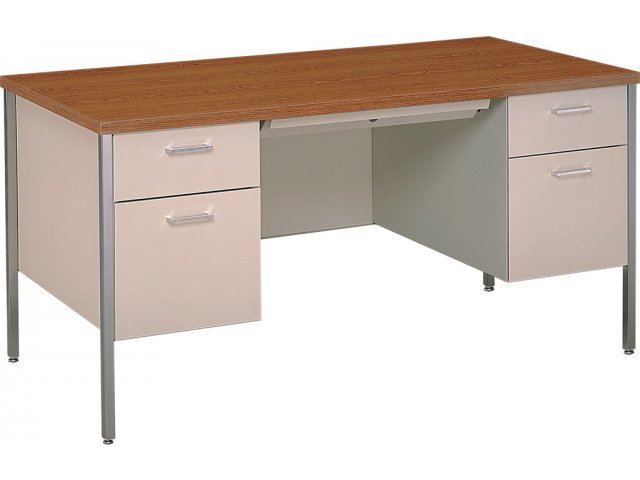I’m continuing my deep-dive into Chapter 10 (Writers’ Notebooks) from Randy Bomer’s Building Adolescent Literacy in Today’s English Classrooms.
I’m feeling overwhelmed about how to launch the notebook in my classroom this year. I know from experience that it sets the tone for the rest of the year. As I read through Bomer’s three suggestions for getting the notebook started, I found myself wanting to incorporate all three.
- Launch by teaching students that they have stories to tell
- Launch by teaching students to be responsive to whatever is around them.
- Launch by teaching students to write in order to think.
I realized that I have only ever utilized the first option, and perhaps that is why I have struggled with extending the writers’ notebook throughout the school year. I need to incorporate all three sometime in the beginning.
“Whichever launch a teacher chooses as the first lesson about writing in notebooks, there is almost always a need to reteach the same strategy for another class or two, and then move on to other forms of writing-to-think, so that students don’t define notebook writing as consisting exclusively of either memories, writing from the environment, or freewriting. Their notebooks will be more useful to their writing lives and the projects they will develop if they learn a variety of kinds of entries” (Bomer 172).
I made the mistake of having a one-trick pony notebook back in my Writing Methods course in college where I was lucky enough to have Dr. Bomer as an instructor. I remember receiving my notebook rubric back with a grade, and it was lower than I expected. It described how my notebook did not have enough variety in it, and when I looked back and reread my entries, I realized that it was a true statement. I’m so glad I experienced this because I will use this knowledge with my students as I teach them all the possibilities that their notebook holds.
